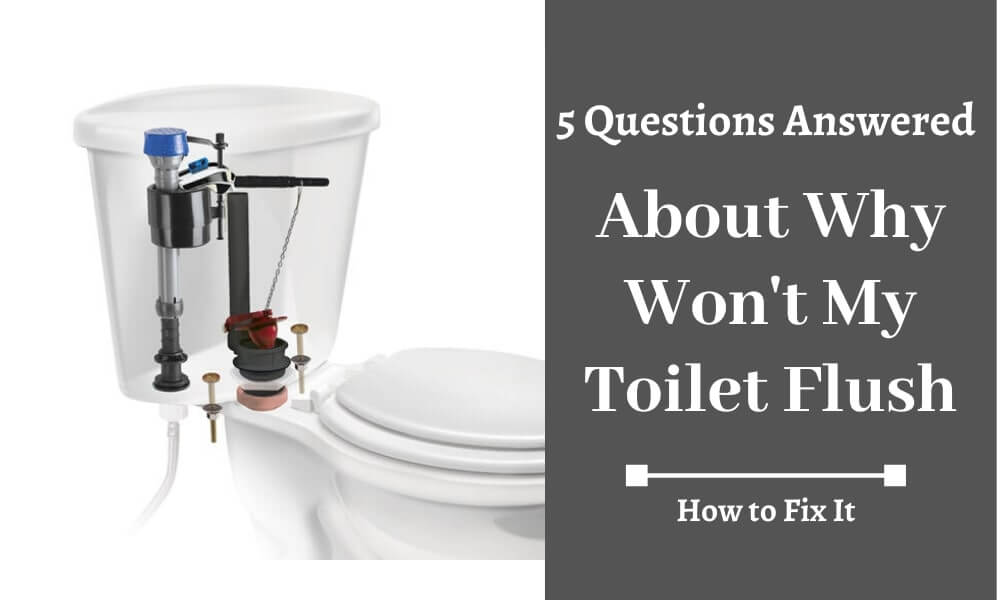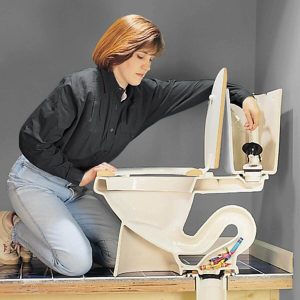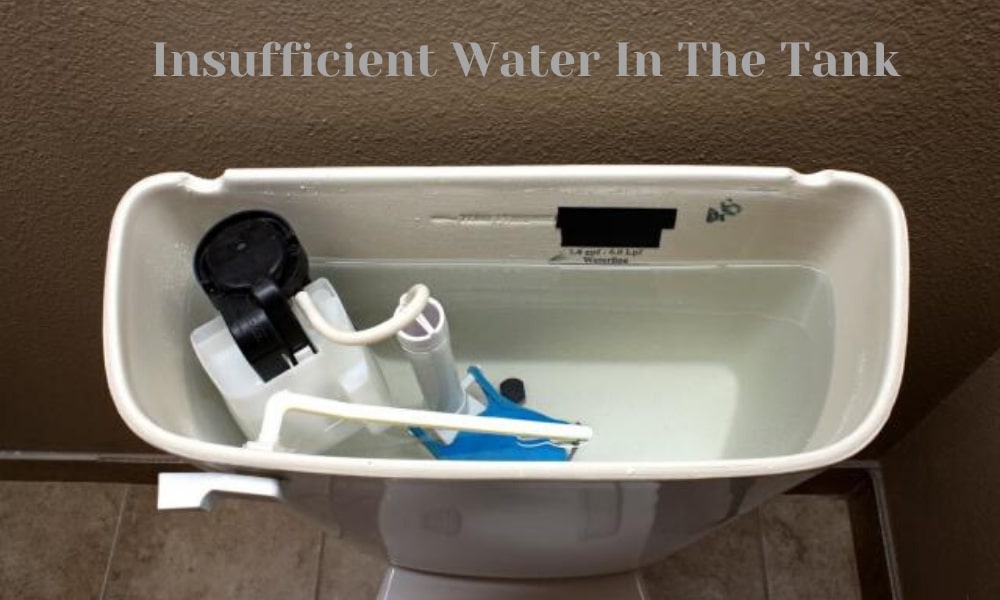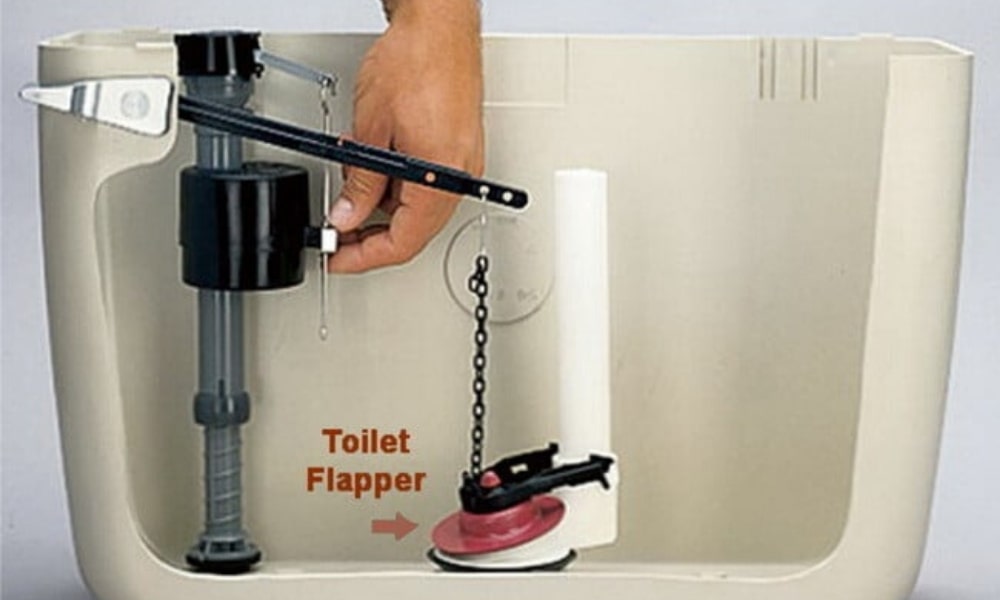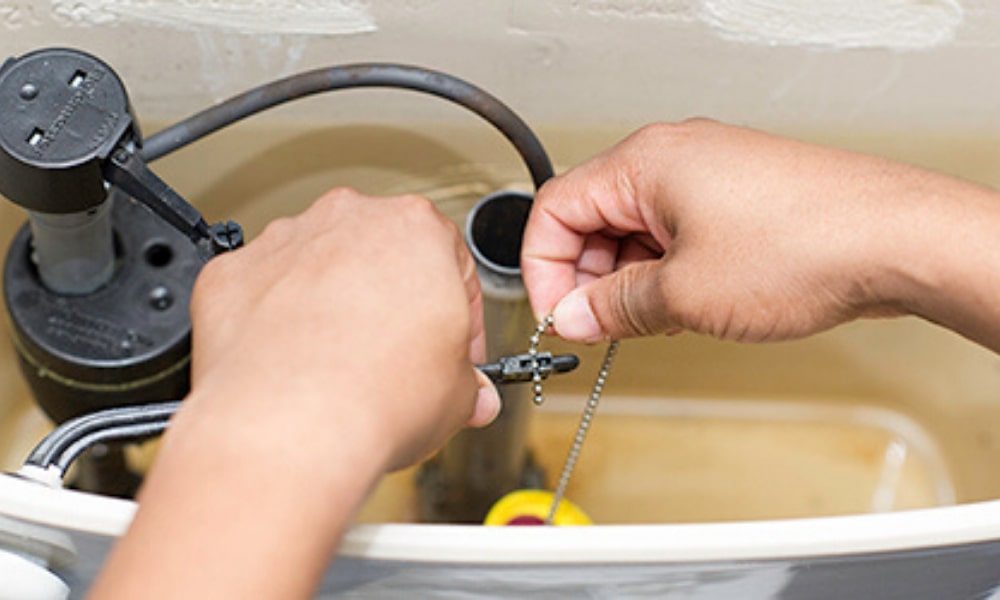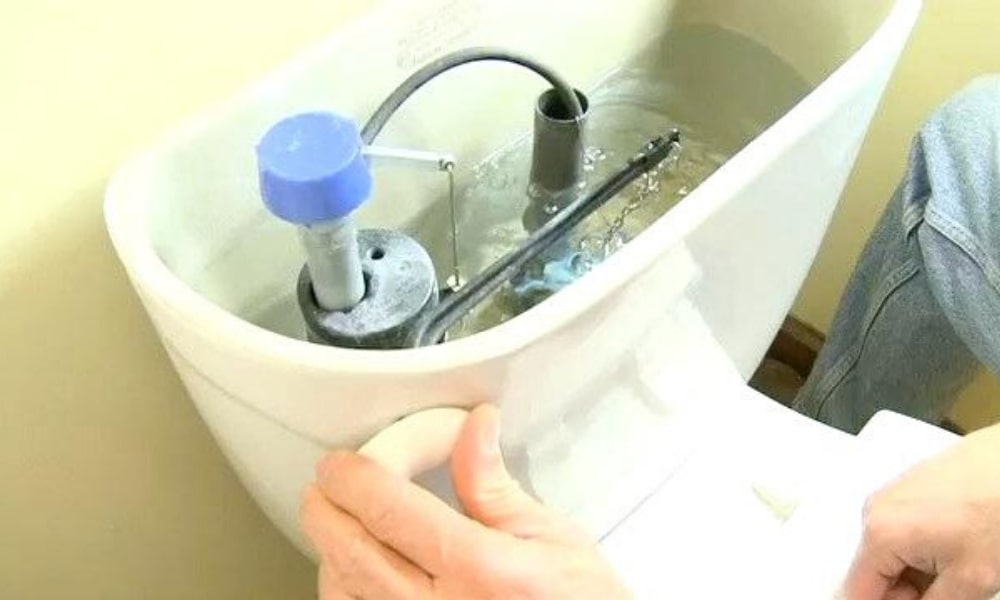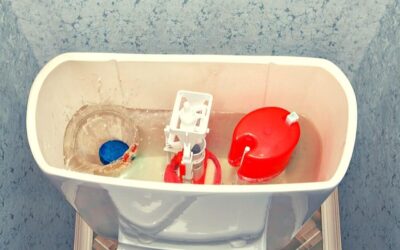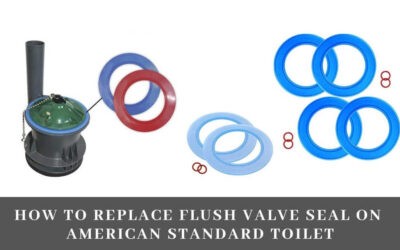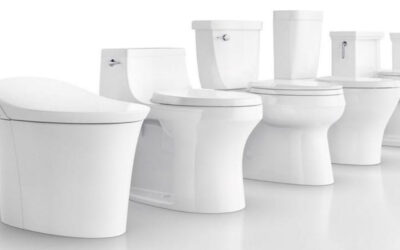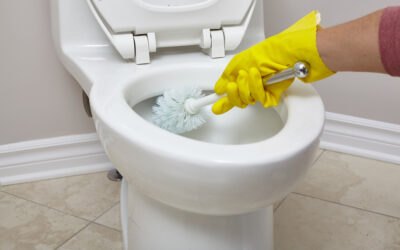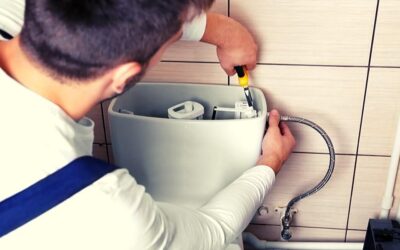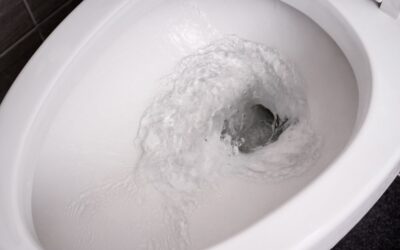Water scarcity is what commonly causes the toilet to not flush completely. Insufficient water in the toilet tank means there is not enough force, thereby causing a partial toilet flush. Before concluding that your toilet needs a plumbing emergency, check the level of the water in the toilet tank.
It is very stressful when you have a blocked toilet. This is especially the case if the toilet is the only one in your home. It is very important to consider some of the reasons why my toilet won’t flush when constructing or repairing your toilet.
Sometimes, a blocked toilet can be easy to fix. That is why in this article, we have compiled some of the common reasons that cause a toilet not to flush and how you can fix it without contacting a reliable plumber near you.
Related Topic: Best Toilet Fill Valve Reviews & Buyer’s Guide in 2020
1. If it’s clogged
A Toilet clog can be caused by either too much toilet paper or a presence of insoluble material in the toilet. A clogged toilet is the most common reason for a toilet not to flush. The clog depends on its location and how severe the clog is. The severity of the clogging determines if you can remove it by yourself or the need for professional help.
What do you need to do?
Using a thinner toilet paper and limiting your family members to flushing toilet paper and soft soluble wastes can help prevent toilet clogs. Here’s how to unclog a toilet with poop in it (yes it needs to be done sometimes!). However, if the clogging persists after trying some simple trick then it’s best to have a professional diagnose the problem.
Related Topic: Best Toilet Auger Reviews & Buyer’s Guide in 2020
2. Insufficient water in the tank
The water in the toilet tank should be full. Your toilet requires plenty of quickly delivered water for a successful flush. The level of water should not get too low so that the valve does not turn itself off and hinder the toilet from flushing. The level of water in the toilet tank is fundamental in the flushing of the toilet.
This is why some manufacturers put a mark in the tank to indicate the water level. The line is mostly one inch below the top of the overflow tube. It is good to test the valve by turning it on and watching water trickle into the toilet, to ensure the toilet is properly filled.
What you need to do
Adjusting the float- If the level of water in the tank is too low, you should adjust it. You can make this adjustment manually in case you want to save water. You will also be required to bend the float ball slight upwards, so that the ball takes a higher position, to allow more water into the tank.
3. A damaged flapper
A bent or warped flapper does not allow proper toilet flushing since it does not close the hole that allows water into the tank to refill. The flapper opens when flushing the toilet and allows the flow of water into the tank. This process helps flush all the waste through the main drain.
When the flapper is damaged, old, or has an inappropriately set chain, water will leak out of the tank and decrease the water level needed to flush the toilet.
What you need to do
Check the length of the flapper chain. Ensure your chain does not have too much or too little slack. The chain should have half an inch of slack. If you notice that the length needs to be adjusted, you can remove the chain and hook it again to a closer or farther hole from the flush lever.
If the length is appropriate, check if the flapper is old or cracked. If it is, then you will need to replace it.
4. A disconnected or broken lift chain
A lift chain is a device that connects to the flapper and is used to pull up the flapper when flushing the toilet. If the chain is broken or disconnected, it will make the flapper not open and ultimately prevent the toilet from flushing.
What you need to do
Ensure the chain has the best length and reattach if it is disconnected for normal flushing. However, if the chain is broken, get a new chain to replace the old one.
5. A cracked overflow tube
If your toilet still malfunctions even after you have exhaustively checked against all the factors we have mentioned above, you are bound to wonder, why won’t my toilet flush completely.
However, any with experience in toilet repairs will advise you should go the extra mile and check the overflow tube and inlet holes. If the overflow tube is cracked, there is leakage of water, and the tank does not get filled. Remember, the toilet can’t flush properly if the tank is not full. In this case you can replace the toilet or depending on the type just the leaking toilet cistern.
Also, ensure that the inlet holes are not clogged so that you do not lose the water in the toilet bowl and keep the toilet from flushing. If there is no water coming from the bowl then you can rightly conclude that the toilet water tank is clogged.
What you need to do
Make sure you frequently check on the overflow tube. If the overflow tube is cracked, replace it to restore your toilet to its normal function. Alternatively, placing a small mirror on your toilet seat can help you see whether there is clogging in the inlet holes. It is annoying when your toilet does not empty fully. Besides, the situation also causes wastage of water.
Final verdict
A toilet needs very high standards of hygiene to prevent contamination and bacterial infections. Unclean and unattended toilets easily facilitate contamination and infections. Such toilets are also an eyesore and expose the washroom to bad smell due to ineffective flushing. It is very advisable to take precautionary measures to minimize cases of overspending on the toilet. Make sure your toilet has excellent drainage and a well-designed pipe.
In case you frequently deal with toilet blockages, you should have a professional plumber do a thorough check on your toilet before mending it. Professional help will permanently rid you of the inconvenience and health hazards that come with toilet blockage.

